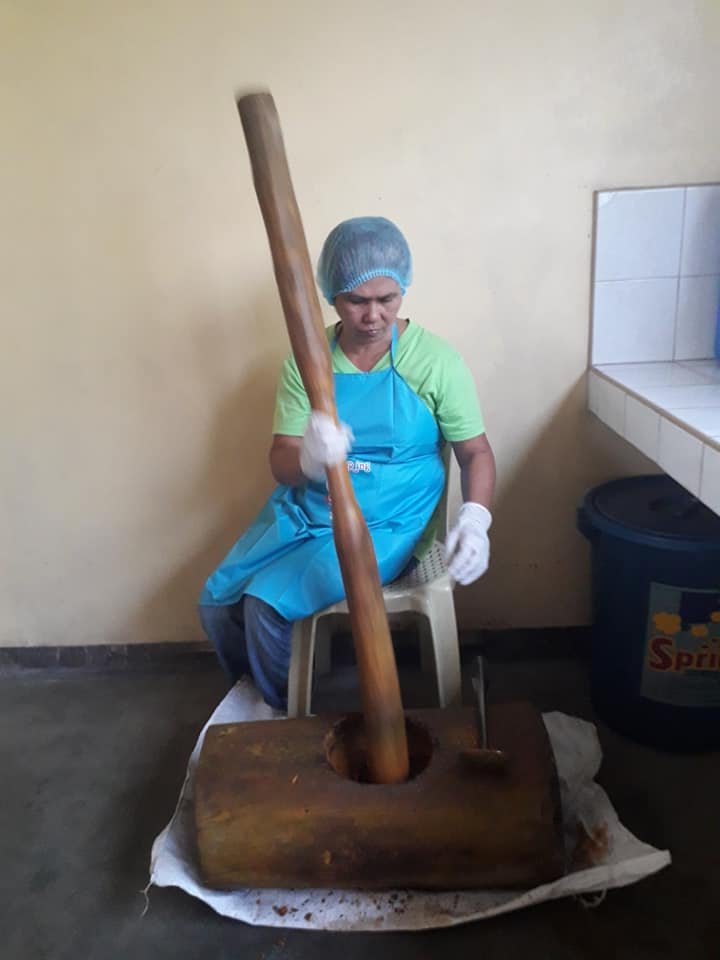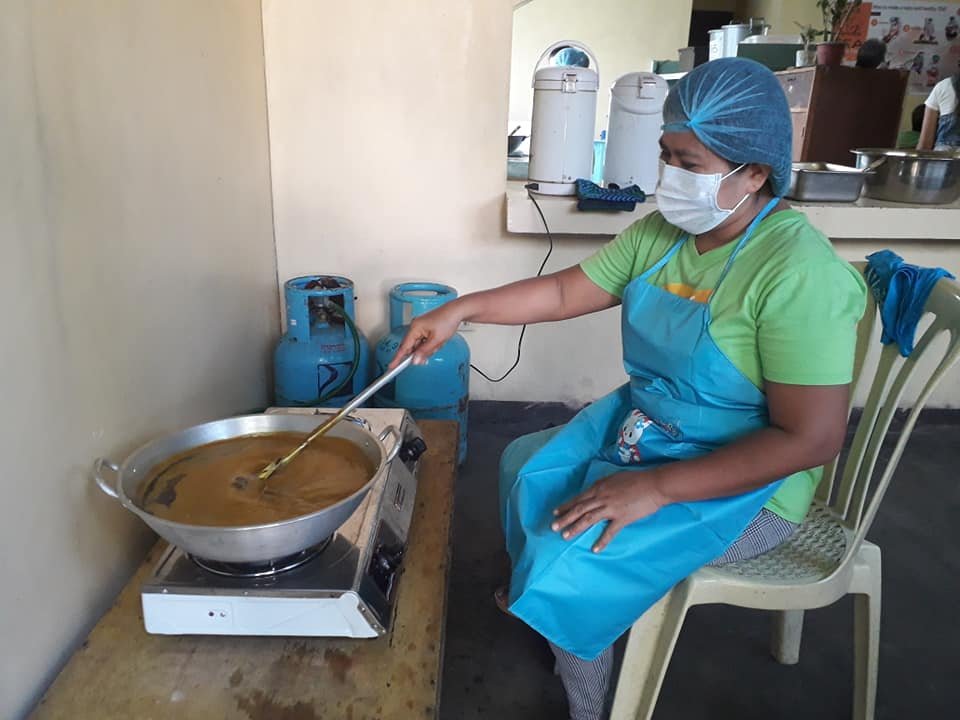When someone asks for your secret recipe, feel flattered but don’t give it away. Keep it close to your heart for the next generation. However, when that secret recipe can change lives, let Heaven bless you a thousand-fold for making a difference in other people’s lives.
Whoever shared the recipes on how to prepare healthy food at home had blessed groups of women that make up the Movement of Mothers or MoMs in BacolodCity. MoMs’ aim is to face the challenge of ensuring that their families eat healthy and safe food at home. If mothers have to deal with the fact that people now can fall into the trap laid out by junk food manufacturers and the fast food industry, these mothers can fight back in the comfort of their homes.
Marisol Jolito of MoMs Handumanan Chapter had realized that friends and relatives suffering from serious illnesses had these illnesses associated with the food they ate. This realization is shared by other mothers around the country. In the city, specifically, different Barangay chapters produce and sell healthy food. These foods are free of chemically-made seasonings and assure the buyer that the family can eat healthy and delicious food. The Handumanan Chapter which was founded in 2018 sells chorizo and embutido. Barangay Bata Chapter produces peanut butter, and Barangay 35 is into rice retailing.


The four-year-old Brgy. Singcang MoMs makes ginger and turmeric tea. This enterprise fits the role of Negros as a top organic farming destination in the country. The good supply of organic produce inspired this group of women who wanted to contribute to their household income. These MoMs pooled their resources to set up a processing area for ready-to-drink powdered ginger and turmeric which they sell to the health-conscious market. Turmeric and ginger are known for their excellent health benefits as anti-inflammatory and anti-cancer agents.


There are about 30 members for MoMs Singcang Chapter each with different tasks in the processing of the teas. The process flow has eight steps i.e. Washing of the rhizomes, Pounding, Squeezing and Straining, Measuring the juice, Cooking the juice with sugar, Sieving, Grinding the Lumps until fine, and, finally, Packing the finished products into 150-gram, 250-gram, and 450-gram packs. These were popular among health-conscious buyers including some Japanese and Korean nationals who I met when they visited the processing center. They saw for themselves how the end product is made from scratch including the muscle-tiring two-and-a-half hour cooking of the juice. Did the guests like the teas? Certainly! Among the visitors were guests from Nepal and Indonesia, too, and it was an Indonesian gentleman who boldly asked for the recipes of the teas so that he can also teach these to housewives back in his country.
See how one good thing can result to even better things in our society and the world!

